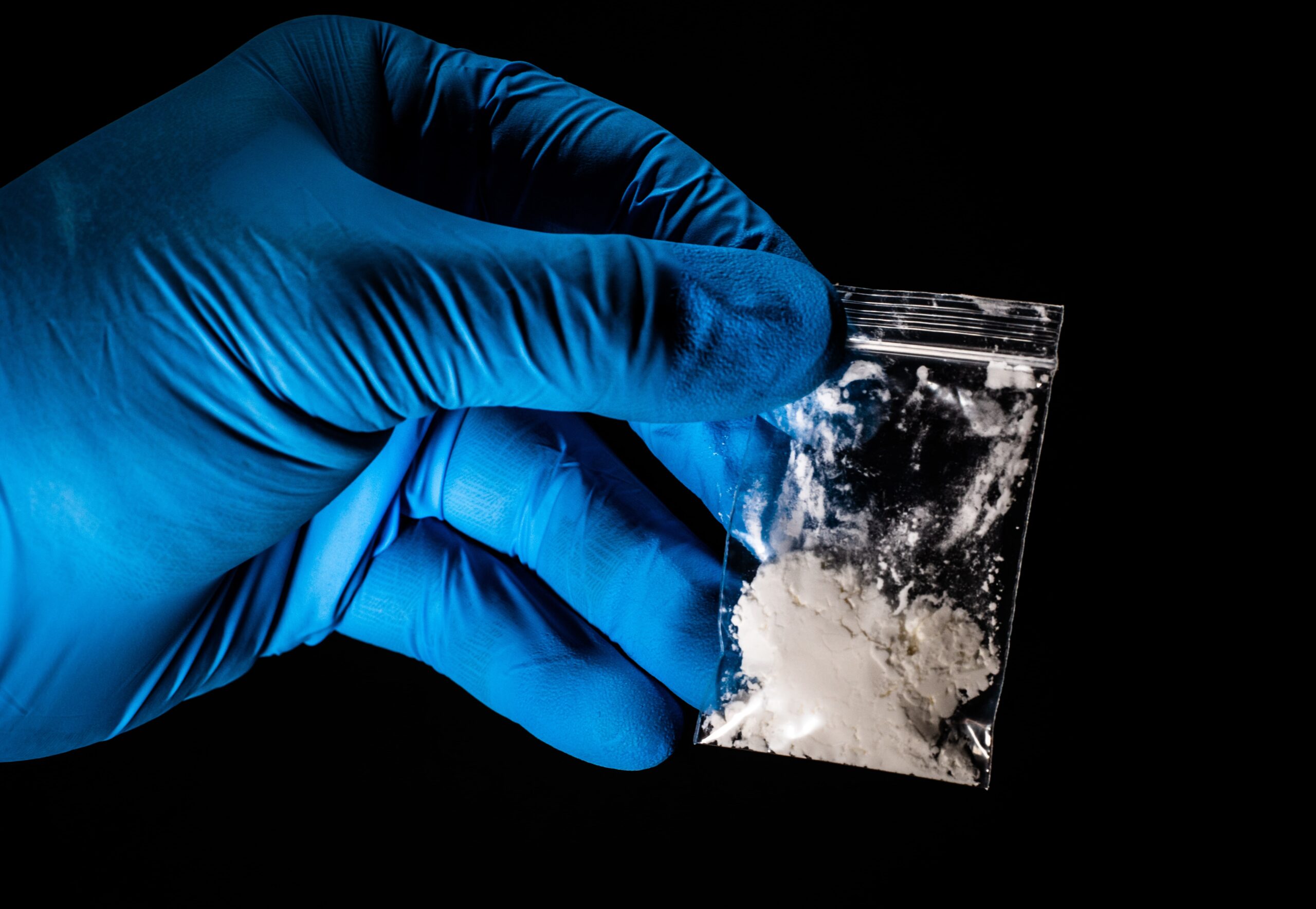Carfentanil is dangerous. There is no other way of putting it. The amount of carfentanil that it takes to cause a fatal overdose is so minuscule, and it can lead to devastation in the lives of loved ones when someone they care about dies as a result of using this dangerous drug.
Carfentanil is becoming increasingly responsible for the loss of lives, both young and older, and it can cause long-term damage to the overall well-being of people who are struggling with this substance.
Understanding Carfentanil
With the recreational use of prescription painkillers ever on the rise, the use of illicit substances like heroin is also on the rise. Using substances like heroin comes with risks. Because the production process is not monitored, there is no way of telling what is in the substance, and oftentimes it contains potent substances like carfentanil.
Carfentanil is dangerous and can lead to overdose and death with the most miniscule amount being introduced to the body. Due to not even knowing that this dangerous substance was introduced into drugs like heroin, a person could use what they believe is heroin and end up experiencing devastating consequences as a result.
Anyone who is struggling should consider professional help to assist with coming off the drug to avoid further complications and devastation.
Carfentanil’s Potency
Carfentanil was originally developed for veterinary medicine for use with larger animals such as elephants. This alone should be a testimony to how potent this drug is. Carfentanil’s potency is why it is not approved for human use. So, use as a large animal tranquilizer is the only approved use of carfentanil.
Using carfentanil can lead to addiction and dependency due to its potency. As a comparison, carfentanil’s properties are similar to those of fentanyl, another opioid pain reliever. Fentanyl is about 50 times stronger than morphine.
According to the US Drug Enforcement Administration (DEA), when it comes to carfentanil, it is 100 times stronger than fentanyl. This makes it extremely dangerous, and this is why it is responsible for so many overdoses, both fatal and nonfatal.
How it Gets Into the System
Carfentanil exposure can be extremely dangerous. Even the slightest exposure can lead to dangerous carfentanil effects. Carfentanil is dangerous due to the effects it has, and how even slight exposure to skin, or breathing in spores from it can cause these effects to take hold and lead to potentially devastating results.
Because of its potency, carfentanil is dangerous to humans due to it being able to be absorbed through skin contact and inhalation. Skin contact is extremely dangerous, as it can be introduced directly to the bloodstream and the carfentanil’s dangerous effects can begin to take hold.
Symptoms of carfentanil exposure can include drowsiness, clammy skin, respiratory depression, and sedation. If exposed, seek medical attention as soon as possible to avoid potentially deadly results.
Effects of Carfentanil
Like other opioid painkillers, carfentanil can have drastic effects on a person. The effects can be far more severe and intense than other opioids, and include things like a sense of euphoria, drowsiness, falling in and out of consciousness, or nodding out, slow or shallow breathing, pinpoint pupils, disorientation, and complete loss of consciousness.
These effects of carfentanil are dangerous and often lead to overdose, coma, or death. The lack of oxygen due to shallow breathing can lead to organ or brain damage, and the effects on motor and cognitive function can cause accidents that could lead to injury. The dangers of carfentanil can be far-reaching and impact a person’s life in ways that can be hard to reverse or correct.
Carfentanil’s Withdrawal Symptoms
Addiction to carfentanil is dangerous. The effects of this drug often lead to devastating results. When someone is struggling with carfentanil and decides to stop using this substance there are some withdrawal symptoms that arise.
These symptoms can include:
- Nausea
- Vomiting
- Restlessness
- Diarrhea
- Muscle aches and cramps
- Changes in blood pressure
- Changes in heart rate
- Insomnia
- Involuntary muscle movement
- Headache
- Sweating
- Lack of appetite
- Tremors
- Cravings
- Seizures
These symptoms can lead to dangerous complications. Receiving professional help and medical monitoring during this process is highly suggested to prevent complications from arising. Detox can help. Having support and medical professionals to help during the withdrawal process can help to make it easier, as well as ensure safety through this pivotal start to recovery.
In addition, therapy can help ensure those with dual diagnosis can receive proper care to address the physical addiction to the substance, as well as address the underlying mental health conditions. There is hope to avoiding the carfentanil dangers.
Get Help for Addiction
Addiction is a monster that can cause havoc in the lives of individuals who are struggling. Addiction to carfentanil can be extremely dangerous, leading to devastating results in many people’s lives. The risks of overdose and death are higher when using this dangerous substance. Getting help as soon as possible is highly suggested for those that are struggling with carfentanil.
If you or a loved one are struggling with this dangerous drug, Ocean Hills Recovery in Orange County, California, can help. Our team of professional staff can help as you embark on a journey to recovery. Contact us today and begin your journey.
About the author:

Greg opened his home and heart to alcoholics and addicts in 2003. He is a Certified Addictions Treatment Counselor (CATCI). Starting in 2009 Greg has fostered the growth of Ocean Hills Recovery into one of the most respected and effective treatment centers in the area and has been working with people with addictions since March of 2001. Greg believes in a holistic approach to recovery. His focus is on drug alcohol addiction treatment with a combination of 12 Step work, therapy and counseling, and the rejuvenation of the body through healthful eating and exercise. He has designed his program to foster a family-like atmosphere and believes that people in recovery are just beginning their lives. He encourages the people he works with to learn to enjoy life in sobriety. Greg is married to Nicole; they have two adorable sons together and an energetic yellow Labrador Retriever.













